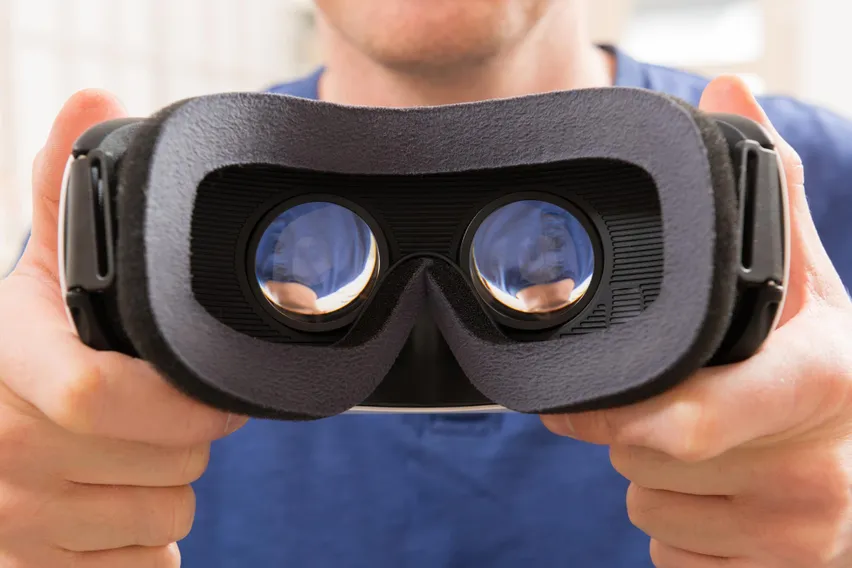WEB DESK, June 25(ABC): Researchers from King’s College London have created a novel interactive VR system to be used by patients when undertaking an MRI.
In a new paper published in Scientific Reports, the researchers say they hope this advancement will make it easier for those who find having a MRI scan challenging such as children, people with cognitive difficulties, or those who suffer from claustrophobia or anxiety.
In normal circumstances, MRI scans fail in up to 50 percent of children under 5 years of age, which means that hospitals often rely on sedative medication or even anesthesia to get children successfully scanned.
These measures are time consuming and expensive and have their own associated risks. From a neuroscience point of view, it also means that MRI based studies of brain function are generally only ever studied in these vulnerable populations during an artificial induced sleep state so may not be representative of how the brain works in normal circumstances.
Lead researcher Dr. Kun Qian from the School of Biomedical Engineering & Imaging Sciences at King’s College London said having an MRI scan can be quite an alien experience as it involves going into a narrow tunnel, with loud and often strange noises in the background, all while having to stay as still as possible.
“We were keen to find other ways of enabling children and vulnerable people to have an MRI scan,” Dr. Qian said.
“Our interest in VR specifically came from the simple observation that when someone is using and then immersed in a VR environment, they are entirely unaware of their surroundings. We thought if we could make a system compatible with the MRI environment, it could be a very powerful alternative way to successfully scan these challenging populations.”
To provide patients with an immersive VR environment, the researchers developed a special VR headset that can be safely used inside MRI scanner.
The headset is designed to be light tight, so that the user cannot see their surrounding environment at all and is unaware of visual reminders of their position.
Once the system is properly positioned, the system’s projector is immediately live, providing immersive content and the VR experience is then continuous from that point onwards until the patient is removed at the end of the examination.
The researchers say this and other measures are highly effective at removing the sense of being inside the MRI scanner, as their visual scene is completely replaced with the VR environment and through creating congruence with the other sensations that are perceived during MRI examinations such as scanner noise, table movement and table vibration.

























